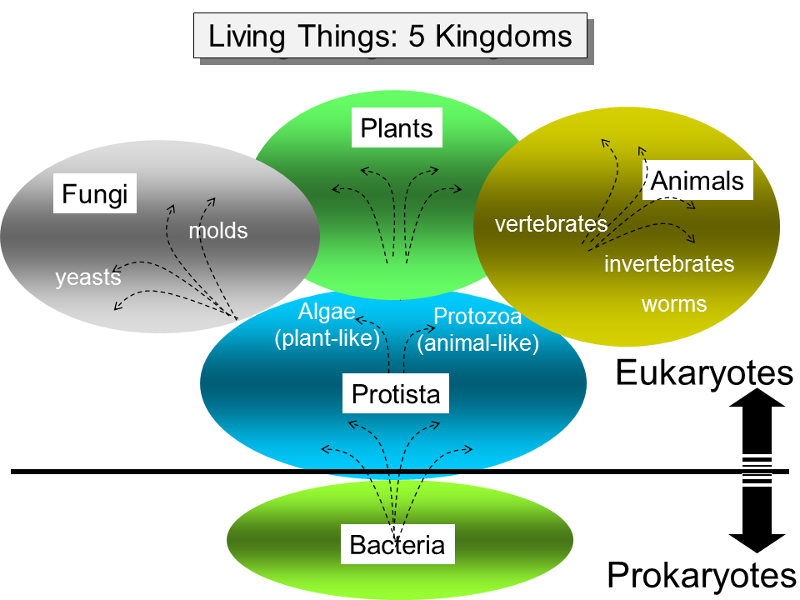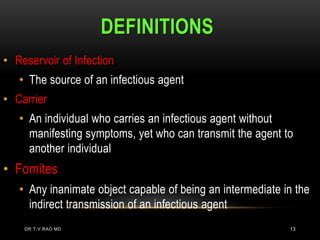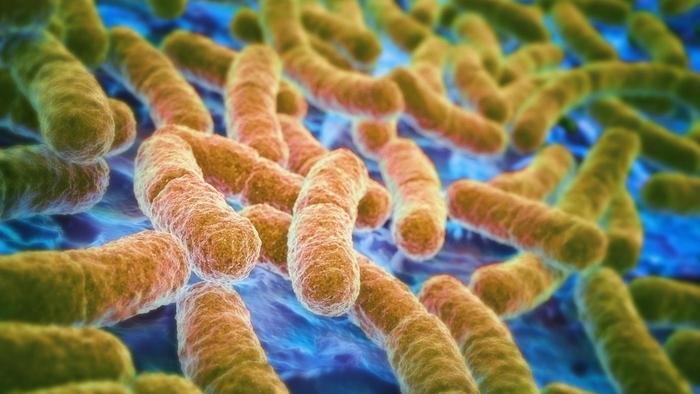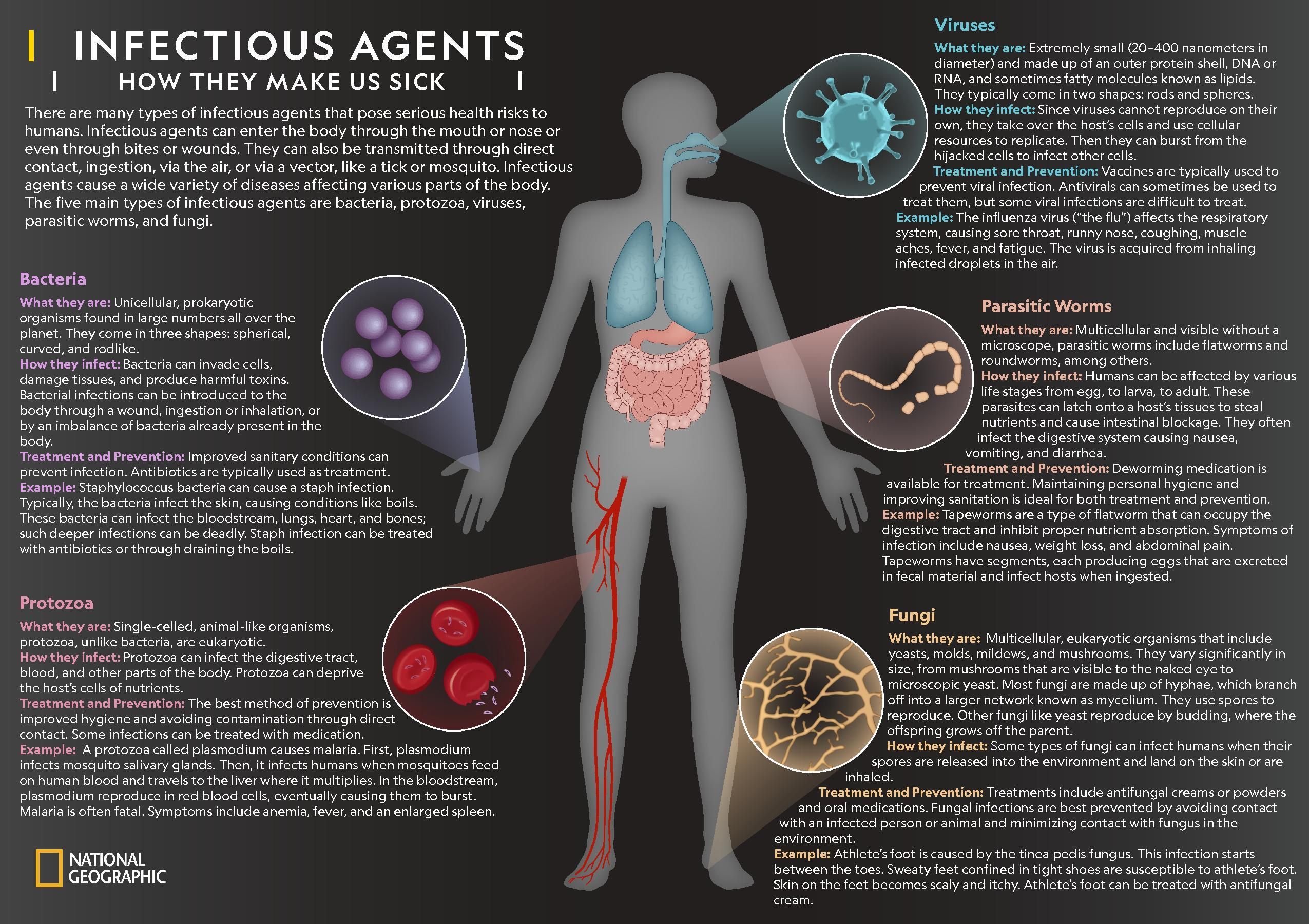The destruction of pathogenic and other kinds of microorganisms by physical or chemical. Epidemiologists perform descriptive or analytic studies to characterize the chain of viral infection throughout a population and design control measures to interrupt it.
Modified 7 years 6 months ago.

. What is the word or term used to describe a person who intentionally ignores a ruleregulationorder. Too attractive and tempting to be resisted. Worldwide infectious diseases such as malaria tuberculosis hepatitis viruses and diarrheal illnesses produce more disability and.
Learn about the definitions of four types of infectious agents. It was captivating adjective. Transmitting or capable of transmitting infection.
Looking for a word with a more positive connotation than infectious Their smile was irresistible adjective. The agents that cause disease fall into five groups. He found the delicious-looking cakes irresistible.
The term pathogen came into use in the 1880s. Viewed 170k times 4 1. Explain the key differences among bacteria fungi protozoa viruses and prions.
Infectious diseases are caused by diverse living agents that replicate in their hosts. Assent WORDS RELATED TO INFECTIOUS catching adjectivecontagious disease communicable dangerous endemic epidemic epizootic infectious infective miasmatic pandemic pestiferous pestilential taking transferable transmittable communicable adjectiveable to be contracted catching communicative contagious expansive infectious pandemic taking transferable. An infection is the invasion of an organisms body tissues by disease-causing agents their multiplication and the reaction of host tissues to the infectious agents and the toxins they produce.
A chemical agent used on inanimate non-living objects to destroy virtually all recognized pathogenic microorganisms but not necessarily all microbial forms eg bacterial spores. There is a girl in my lab who despite having been corrected numerous times in the past continues to disregard the lab procedures regarding chain. A word used to describe Infectious Agent could be.
A disease resulting from infection contagious infections infections of childhood. These infectious diseases can be transmitted by animals humans insects or other agents. A pathogen may also be referred to as an infectious agent or simply a germ.
Viruses bacteria fungi protozoa and helminths worms. Ask Question Asked 7 years 6 months ago. Surprisingly it Read More.
Fungi grow like plants. Pathogens are bacterial agents that cause diseases and can spread to have a larger impact on a community of plants or animals. The term virus was first used to describe the infectious agent of which of the following.
Enticing tempting alluring inviting seductive. Virus infectious agent of small size and simple composition that can multiply only in living cells of animals plants or bacteria. List the major types of infectious agents and be able to distinguish between living and non-living agents.
Infectious agents come in many shapes and sizes. Vector is a term used to describe a living organism able to carry and spread an infectious disease from either animal to human or human to human WHO 2016. An infectious disease also known as a transmissible disease or communicable disease is an illness resulting from an infection.
A n _____ is the term used for any infectious agent causing disease such as parasites bacteria and viruses pathogen Small membrane-bound components found inside of an eukaryotic cell such as mitochondria and lysosomes reffered to as. What is a word to describe an infectious agent. Containing pathogenic agents which may be transmitted infectious.
Caused by or resulting from an infection with one or more pathogenic agents infectious mononucleosis see also infectious disease. Non-living infectious agent Which scientist proposed the term virus. Martinus Beijerinck What are viruses called when they are infectious.
Infectious agents are tiny organisms that can invade your body sometimes causing sickness. Viruses are even smaller. Infectious agents are present all around us and they come in different shapes and sizes.
Infectious diseases are the diseases caused by various pathogenic microorganisms such as virus bacteria protozoan fungi and other parasites. Captivating capable of attracting and holding interest. Bacteria viruses fungi and parasites.
Those that release toxins or invade body tissues. Bacteria and protozoans are microscopic one-celled organisms. Describe the defining characteristics of viruses and bacteria.
Typically the term is used to describe an infectious microorganism or agent such as a virus bacterium protozoan prion viroid or fungus. Infectio discoloration dye A disease caused by microorganisms esp. Epidemiology is the study of how diseases are transmitted through a population.
What is a word used to describe a infectous agent. Disease of tobacco plants Which of the following describes viruses. List the five characteristics that distinguish living things.
In biology a pathogen in the oldest and broadest sense is any organism that can produce disease. Agent stole my money. Producing or capable of producing infection bacteria and other infectious agents.
The state produced by the establishment of one or more pathogenic agents such as a bacteria protozoans or viruses in or on the body of a suitable host an infection in his foot. Protozoa and worms are usually grouped together as parasites and are the subject of the discipline of parasitology whereas viruses bacteria and fungi are the subject of.



0 Comments